The soft shackles I’ve seen in marine supply stores look like a great idea, but I’ve never been tempted to buy any despite the many advantages they have over their metal precursors. While they’re lighter and less prone to harm woodwork or people, won’t corrode or seize up, and don’t require tools to use, they are expensive and the high-tech Dyneema from which they are made seems out of place on a traditionally built wooden boat.I’ve worked with Dyneema and its very slippery braided fibers require splicing and tying methods unlike anything I’ve seen in my well-used copy of Ashley’s Book of Knots. Then I discovered that there were ways to make soft shackles with ordinary cordage, so I made some. I found several different methods of tying them but there is only one I would trust in use on my boats.The commercial Dyneema soft shackles have a stopper knot on one end and a small loop on the other formed by inserting one end of the hollow-braid line through the other. The loop can be cinched tight behind the stopper to keep it from slipping through, which is possible if there is no tension on the soft shackle and it gets shaken, say, by a flogging sail.
Join The Conversation
We welcome your comments about this article. If you’d like to include a photo or a video with your comment, please email the file or link.

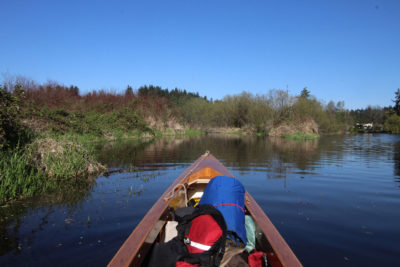
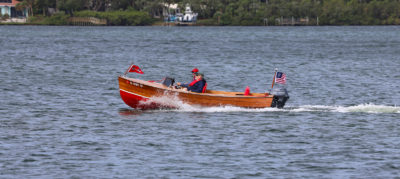
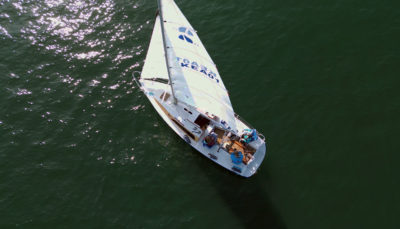
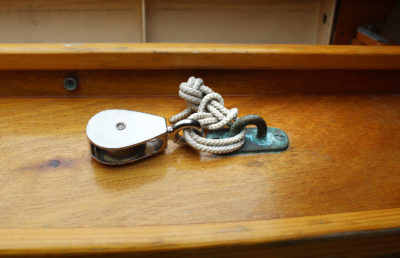
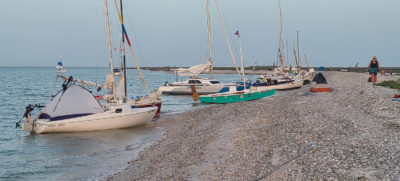
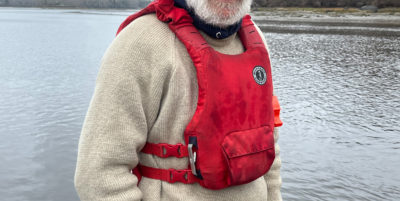
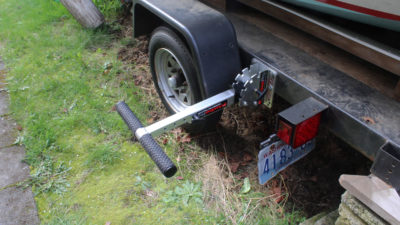
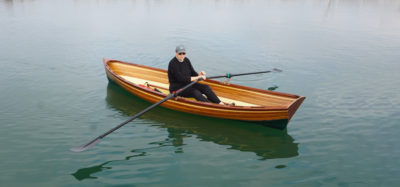
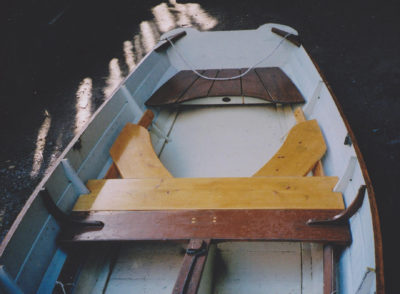
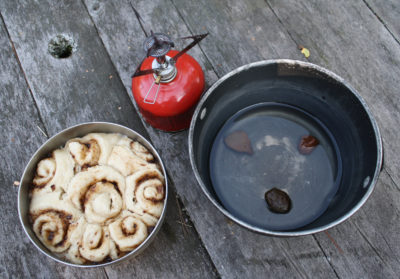
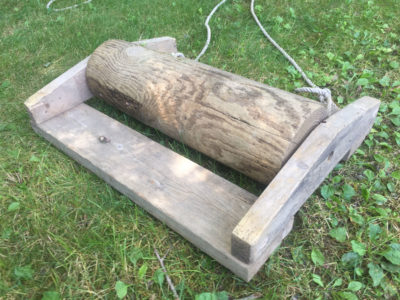
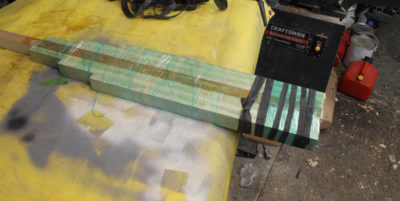
I often use them in lieu of hardware to fasten blocks to spars, wrapping the shackle around the spar as a Prussic loop.
Similar to a soft shackle, I’ve used a knotted strop, per The Glénans Sailing Manual, to attach jib sheets to the headsails.
Like the soft shackle, low tech and reliable.
I have dyneema soft shackles all over my boat, they’re great. I am even using them as hanks between my jib and dyneema forestay. After tying all those shackles the fancy stopper knot can still give me fits, even with step-by-step pictures. I’m not much good a knitting either. I’m going to give this method a try, that all important stopper looks easy enough to remember and that lark’s head to secure it appears less fussy too.
I also use mainly the Dyneema soft shackles, knitted myself. More precisely the Edwards soft shackles. And it is rock solid, the stopper is tight enough and does not have an issues with Dyneema slippery nature.
There is also an animated sequence for this Ashley stopper knot (one strand version).
It is really an interesting knot for a very fast shackle like loops.
On the other side, I like more the the stopper loop using the modified Crown Button. But it is much harder to create and it took me some time to master properly (and to be honest, I have already forgot that 🙂 ).
The Ashley Book of Knots, is something which is definitely a must have in one’s library.
I use soft shackles because they are quiet – no clanking hardware in light wind.
Thanks for that. Now you have given me something to do. More about knots: I recently watched a Youtube video where they were testing the breaking strength of a Bowline knot and a Double Figure-8 knot with a bite. The double figure-8 knot was almost twice as strong as the Bowline.
These are very handy and I use them often, though I like the knot you use better than mine! One handy use for a short loop over the stopper knot on the gunnel is to keep the tiller to my Caledonia Yawl from going over the side when I let it go – quick and easy to lash it down or let it go. Thanks for a good article!
Simple, easy to remember, cheap, and effective. I like it. Beats the soft-shackle methods I have been using.
I love this soft shackle technique! Great option for smaller lines and smaller working loads. Easy to tie quickly and deploy. Thanks for a great tip!
These make changing my headsails much faster and easier. I have numerous ones of different sizes around for when the need arises.